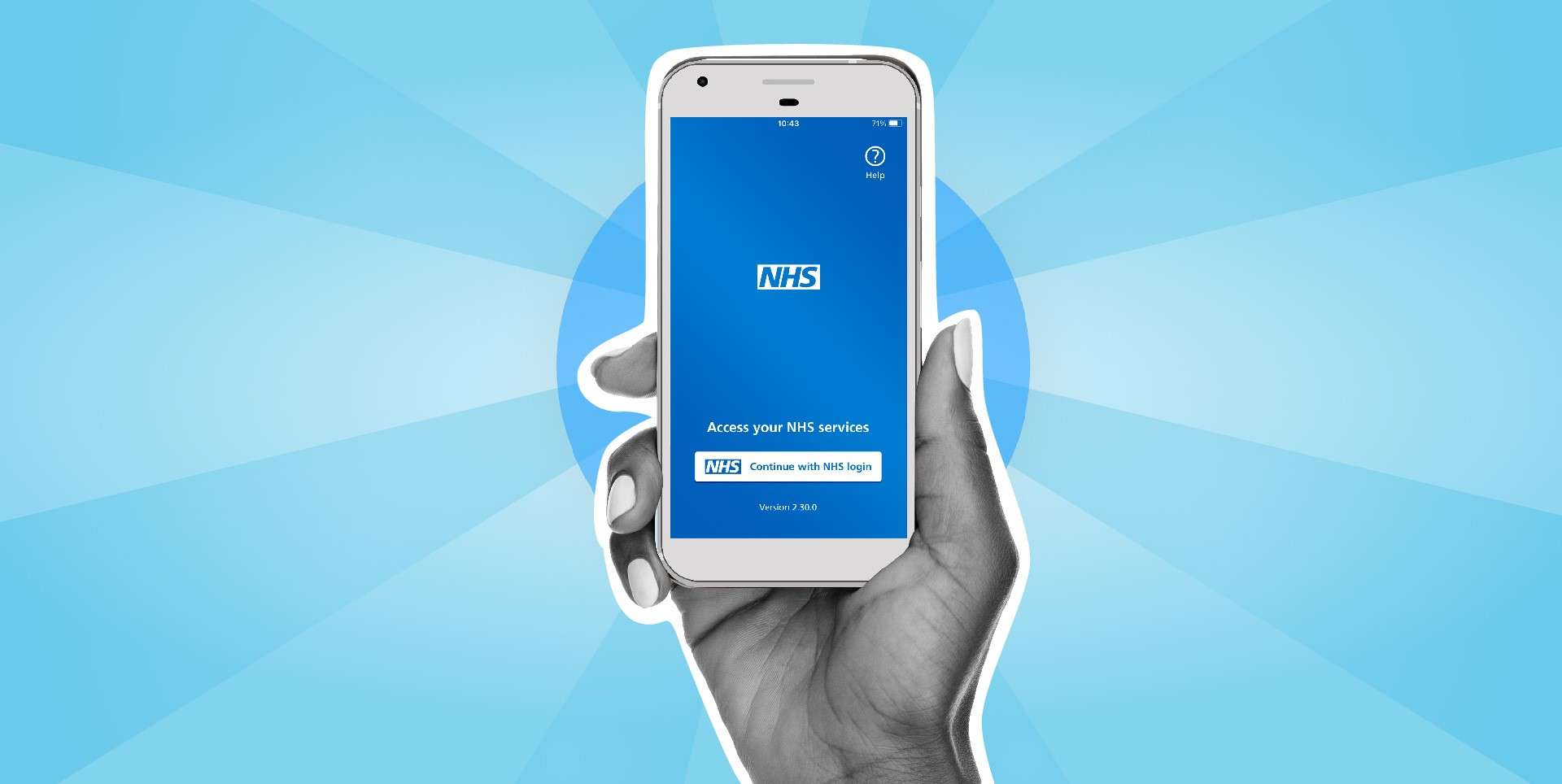The city has ambitious plans, and benefits from ubiquitous access to full-fibre broadband. PublicTechnology talks to the council’s digital and IT chief to find out more
Hull skyline Credit: John Bannon/CC BY-SA 3.0
If you asked a group of people to call to mind an image of the world’s smartest city, many would immediately think of the high-rise ultramodernity of Singapore.
Others would conjure an image of the east Asian megalopolises of Seoul and Tokyo. Some might find their thoughts drifting towards the Nordic capitals of Oslo, Copenhagen, or Helsinki, or perhaps to Switzerland’s biggest hubs: Geneva; and Zurich.
Those whose imagination did not stray beyond the UK would probably draw a mental picture London, or maybe Bristol or Manchester at a push.
Kingston upon Hull – for all its many charms – would be unlikely to feature too frequently.
But the city, whose population of 260,000 ranks it towards the bottom of the list of the UK’s 20 largest, has ambitions to be not just the leading smart city in this country – but one of the smartest in the world.
And its plans have one major and distinct advantage.
Last month, it was proclaimed that Hull was the first full-fibre city in the UK – with every single building connected to the next-generation network. The proportion of properties across the UK with a fibre-to-the-premises connection is just 8%.
“Because of our size – 27 square miles – and because of the infrastructure we have, it makes it easy to do things quickly.”
Mike Kenworthy, Hull City Council
The impact has already been felt on connection speeds; a recent analysis of Ofcom data by comparison site Broadband Choices found that Hullensians have the fastest internet in the UK – with average download speeds of 87 Mbps.
The completion of the fibre network follows a seven-year £85m investment programme from local telecoms firm KCOM.
The company, and its history, is key to why Hull now benefits from its uniquely advanced infrastructure. It was created by the city council as the Hull Telephone Department in 1904. Hull was not the only city to run a local government-owned telecoms network. But it was the only one that did not ultimately cede control of its network to BT.
KCOM – derived from Kingston Communications – remained a publicly owned entity until 1999, when it was floated on the stock exchange. The council retained a stake in the firm until 2007.
And the city of Kingston upon Hull retains its famous cream phone boxes (pictured below); it has long been the only place in the country where the kiosks are not the familiar shade of red – nor do they bear the image of the crown.
KCOM, meanwhile, retains an effective monopoly over the city’s telecoms infrastructure.
This level of control has allowed it to drive through the rollout of full fibre for all Hull’s residents – infrastructure that was last year supplemented by the installation by the council of a citywide long-range wide area network (LoRaWAN) to support business connectivity and internet of things devices. This technology was delivered by Connexin.
With more than 100 years of pioneering telecoms work behind it, Hull City Council decided it was time to reap the benefits of its past to support its smart-city future, the authority’s assistant director of digital and ICT Mike Kenworthy tells PublicTechnology.
“The idea was to start utilising the really great infrastructure we have here,” he says. “We were working on small projects around traffic management and air quality, and it became evident that we needed to pull all the data together [in one place] and be able to present it back to the public and put a layer on top of it – either BI or AI.”
Wizards of OS
The first step towards this ambition was to install the CityOS platform from Connexin that will, effectively, serve as the underlying operating system for a whole city’s worth of connected devices and the programs used to manage their operation.
The city-wide OS, which is supported by hardware architecture from network vendor Cisco, will also provide a single home for 12 council IT systems that are currently separate. Each of these systems processes data – in many cases from sensors and other IoT kit – related to a single service area or civic issue. This information will be housed in a central “data warehouse”.
Allowing everyone in the city – citizens, businesses, and public entities – to access and use this data is the ultimate goal.
8%
FTTP coverage across the whole of the UK – compared with 100% in Hull
12
Number of council systems that will be integrated into the CityOS platform
260,000
Approximate population of Kingston upon Hull
£85m
Amount spent by KCOM rolling out full fibre across the city
1904
Year in which KCOM was founded as the council-owned Hull Telephone Department
The systems in question are: the Bartec Auto ID system for managing waste; the Siemens Stratos platform for traffic management; the Datek streetlighting system; the Vaisala IceCast program that helps predict weather and plan road maintenance; the Teletrac Navman GPS technology; Hydro-Logic flooding alert sensors; Connexin Smart Bins; the Citilogik system for monitoring people movement; Pitney Bowes’ Confirm asset-management software for street furniture; Defra’s air-quality database; the Environment Agency’s flood monitoring platform; and the Astun iShare GIS web mapping portal – which is available to the public.
Bringing together these 12 platforms will take about a year, Kenworthy says. But, as systems are added to the CityOS platform, the council will work to make their data available for use by citizens and tech companies.
“The first stage would be exposing the data to businesses and the public – so they can make real-time decisions – and being able to provide it to tech start-up businesses to produce apps that we can procure,” he adds. “For us, it is not just about smart cities. We are looking at utilising IoT and data – that we potentially collect from other sources as well – to find innovative approaches to any problem.”
Air pollution and traffic management – and “the link between the two” – will be an immediate area of interest, according to the IT chief.
“Hull is the fourth-most congested city in the UK,” Kenworthy says. “We have to be able to manage that traffic effectively using real-time information.”
He adds: “Lighting, street signs, smart bins, and road sensors are all also areas we are keen to examine. As is social care… one of the things we are interested in is using technology to help people stay at home longer.”
Public good
The council has a “very, very close relationship with the other public sector bodies” across Hull, according to Kenworthy.
This includes Humberside Fire and Rescue Service, which is working with the council’s street team on a project to analyse data concerning fires to try and understand causes and be better able to predict their potential occurrence.
The authority also works closely with the local clinical commissioning group, as well as the University of Hull – which offers the council the use of its high-performance computing environment.
To make its smart-city ambitions a reality, Kenworthy also stresses the importance of council staff working cohesively together across service areas and professional disciplines – and always with the needs and wants of citizens as their primary consideration.
“We work closely internally as a council,” he says. “We work across services – if we work in siloes we do not deliver successful services. From a customer perspective, they only recognise one council. I think it is very important that we take a view that, ultimately, we are there to focus on the areas that are high on their agenda.”
Kenworthy adds: “Citizens are paying for our services, so we want to deliver the best services we can. It is very important that we get their citizen buy-in.”
Initially, all the data housed in the CityOS will be gathered and owned by the council. But, when asked whether it might consider bringing in information from other sources, Kenworthy says that “nothing is off the table”.
“We want to make sure we have the building blocks in place, and that we have good quality data that allows us to move forward,” he adds. “But is very much a learning process.”
The IT chief says he has looked at and learned from how smart city programmes have been run in London and Singapore – but claims Hull is in a position to show a scale of ambition that it would be hard for a bigger city to match.
“The big difference is we are not going to do little pilots,” he says. “Because of our size – 27 square miles – and because of the infrastructure we have, it makes it easy to do things quickly.”
Kingston upon Hull’s plans sound impressive – as would the mantle of ‘world’s smartest city’ that it hopes to one day assume.
But Kenworthy says city’s ambitions should be judged on their substance, not their style.
“We are trying to benefit our city – ultimately it is taxpayers’ money here, and we are doing this for the benefit of Hull and its citizens,” he says. “Our focus is on what can we do for citizens – particularly in terms of improved services and improved outcomes.
“For us, it is not an intellectual exercise – and we do not want to be a smart city because it is cool. We have to be sure that what we are doing is for the benefit of the city.”



